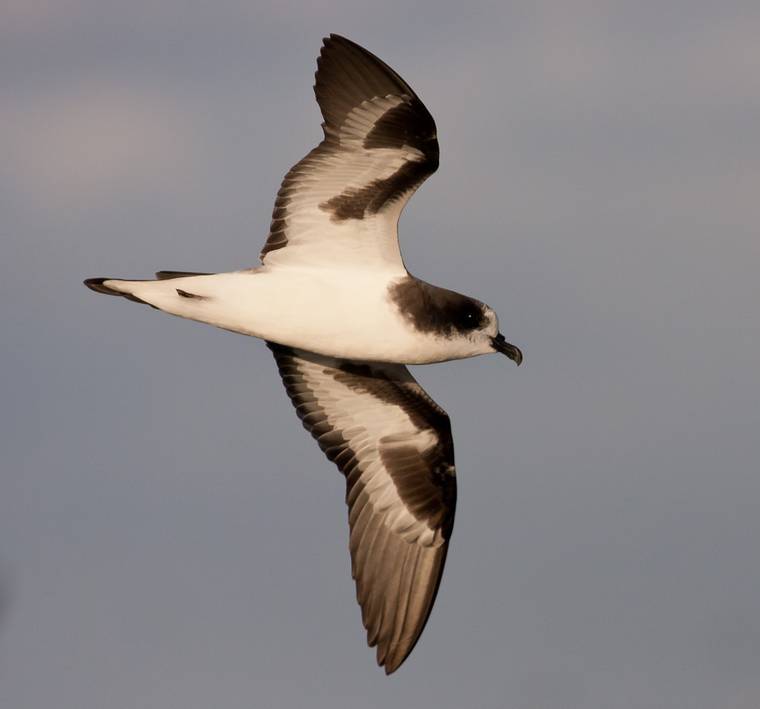1st wild Bonin petrels fledged from their nests on Oahu’s North Shore

COURTESY PACIFIC RIM CONSERVATION
A Bonin petrel, or nunulu, flies above James Campbell National Wildlife Refuge on Oahu.
The first wild Bonin petrels have successfully fledged from their nests at the James Campbell National Wildlife Refuge on Oahu’s North Shore, according to the U.S. Fish and Wildlife Service.
The Bonin petrels, Opens in a new tab or nunulu in Hawaiian, are part of a larger translocation effort for multiple seabird species, including Laysan and black-footed albatrosses, in an effort to protect them from the impacts of sea level rise in the lower-lying isles of Papahanaumokuakea Marine National Monument.
Their successful growth and flight from their nests marks an important milestone in ongoing efforts by the USFWS to translocate more than 500 seabird chicks from Papahanaumokuakea to the refuge on Oahu since 2015.
The refuge is a sort of “Noah’s Ark” Opens in a new tabon 16 acres of coastal dunes on higher ground on Oahu, surrounded by a predator-proof fence, for the threatened seabirds.
Originally, some Laysan albatross chicks hatched from eggs from the Pacific Missile Range Facility on Kauai were brought over, followed by black-footed albatross chicks from Midway Atoll National Wildlife Opens in a new tabRefuge Opens in a new tab, as well as Tristram’s storm-petrel chicks from Tern Island.
The Bonin petrels were translocated from Midway Atoll and Tern Island.
Don't miss out on what's happening!
Stay in touch with breaking news, as it happens, conveniently in your email inbox. It's FREE!
Conservationists that painstakingly feed and care for the seabirds say all four seabird species have returned to the Oahu refuge as wild adults. Also, two additional seabird species, the red-tailed tropicbird, and wedge-tailed shearwater, have also begun nesting at the refuge.
“Sea level rise and surge from storms and tsunamis put these nests at risk of flooding and chicks drowning,” said Lindsay Young, executive director of Pacific Rim Opens in a new tabConservation Opens in a new tab, one of the partners involved in the project. “By translocating these seabird chicks to the high island of Oahu we are not only saving the chicks on the perimeter of the low islands from drowning, but we are founding a new colony to create a more resilient population.”
The conservation effort is an on-going partnership involving the nonprofit Pacific Rim Conservation, the U.S. Navy, USFWS, Papahanaumokuakea, the National Fish and Wildlife Foundation, the David and Lucile Packard Foundation, the Wildlife Conservation Society, the Atherton Family Foundation, and the Harold Castle Foundation.





